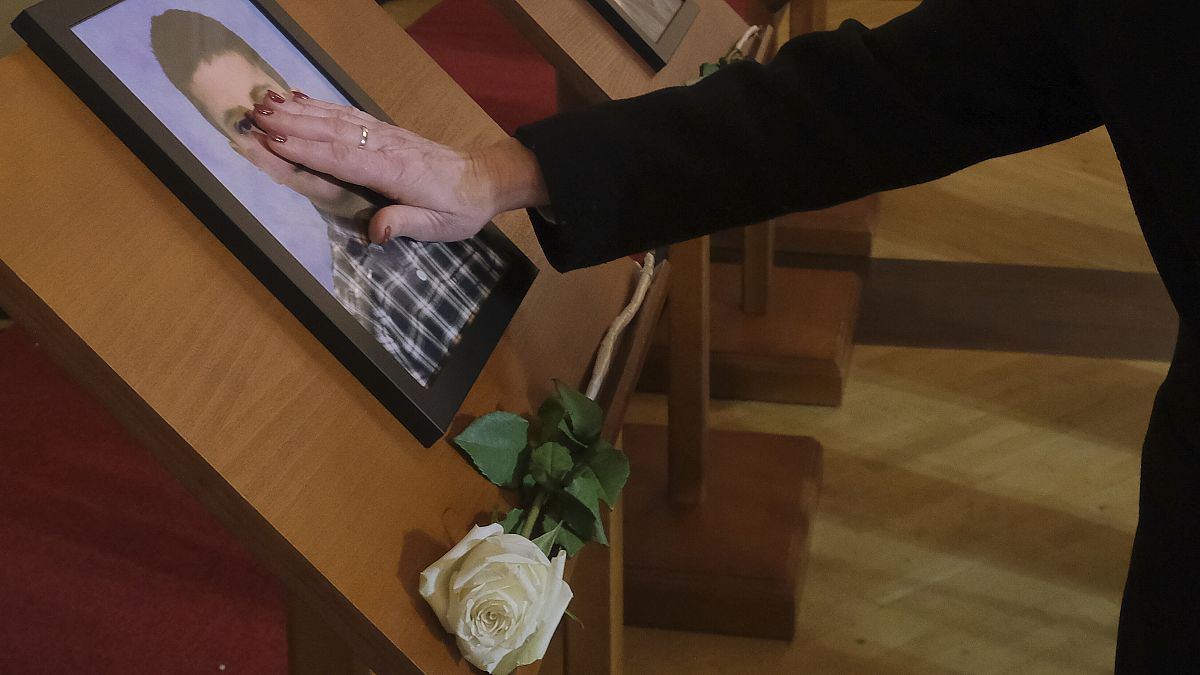Northeast
American teacher jailed in Russia is wrongfully detained, State Department formally says
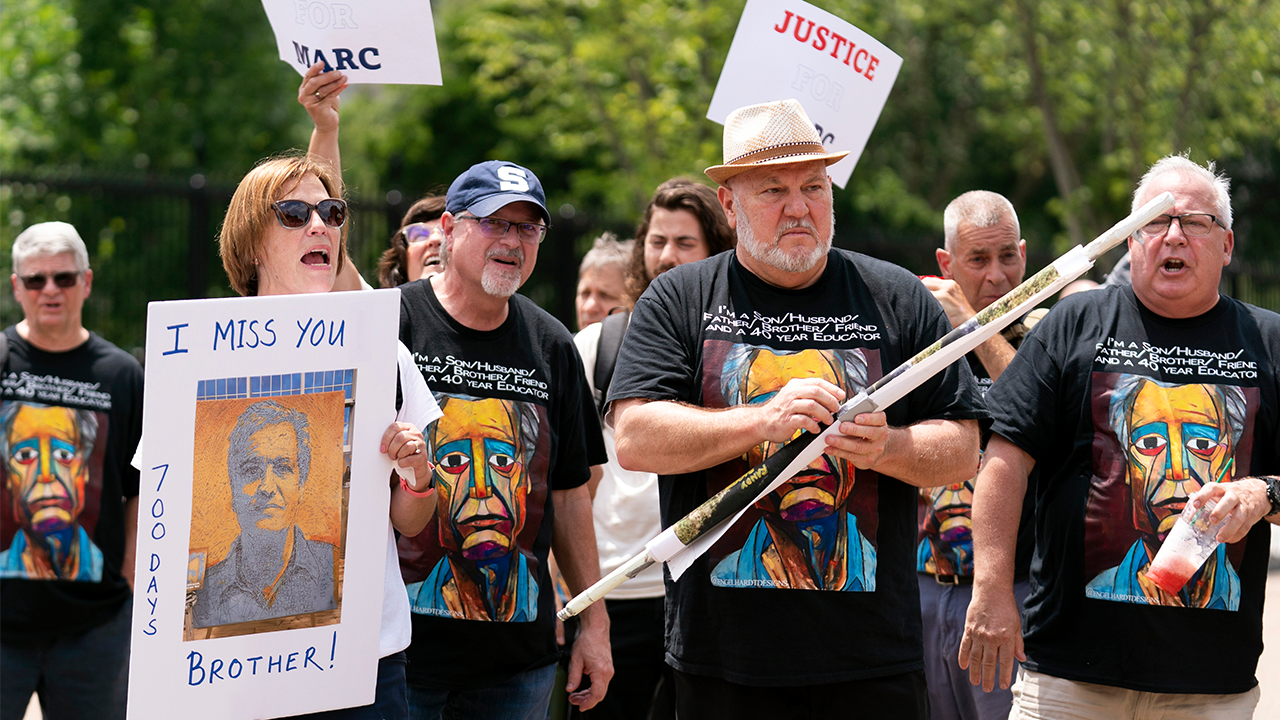
The State Department announced that an American teacher arrested at a Russian airport on drug charges more than three years ago has been designated as wrongfully detained by the U.S. government.
Marc Fogel, a history teacher from Pennsylvania, is serving a 14-year prison sentence after his arrest in August 2021 at a Russian airport for being in possession of drugs, which his family and supporters said were medically prescribed marijuana.
Fogel was left out of a massive prisoner swap in August that freed multiple Americans, including Wall Street Journal reporter Evan Gershkovich and corporate security executive Paul Whelan.
US CITIZEN IMPRISONED IN RUSSIA GIVEN NEW 15-YEAR SENTENCE IN WAKE OF ESPIONAGE CONVICTION
Lisa Hyland, left, and other family members of Marc Fogel, who has been detained in Russia since August 2021, rally outside the White House for his release, July 15, 2023, in Washington. (AP)
After the prisoner exchange, which also freed a dozen German nationals, lawyers for Fogel’s family again pushed for the Biden administration to work toward securing his freedom, including by designating him as wrongfully detained.
The State Department considers several factors when choosing whether to designate an American jailed in a foreign country as wrongfully detained, such as whether there is credible information that the person is innocent or if they are being held primarily to influence U.S. policy or secure concessions from the U.S. government.
“The United States has been working to secure Marc Fogel’s release for some time,” the State Department said in a statement. “We have long called for his humanitarian release and tried to include him in the August 1 deal, but were unable to. The Secretary determined Marc is wrongfully detained in October.”
GOP REP INTRODUCES BIPARTISAN ‘MARC FOGEL ACT’ PUSHING STATE DEPT FOR ANSWERS ON AMERICANS JAILED OVERSEAS
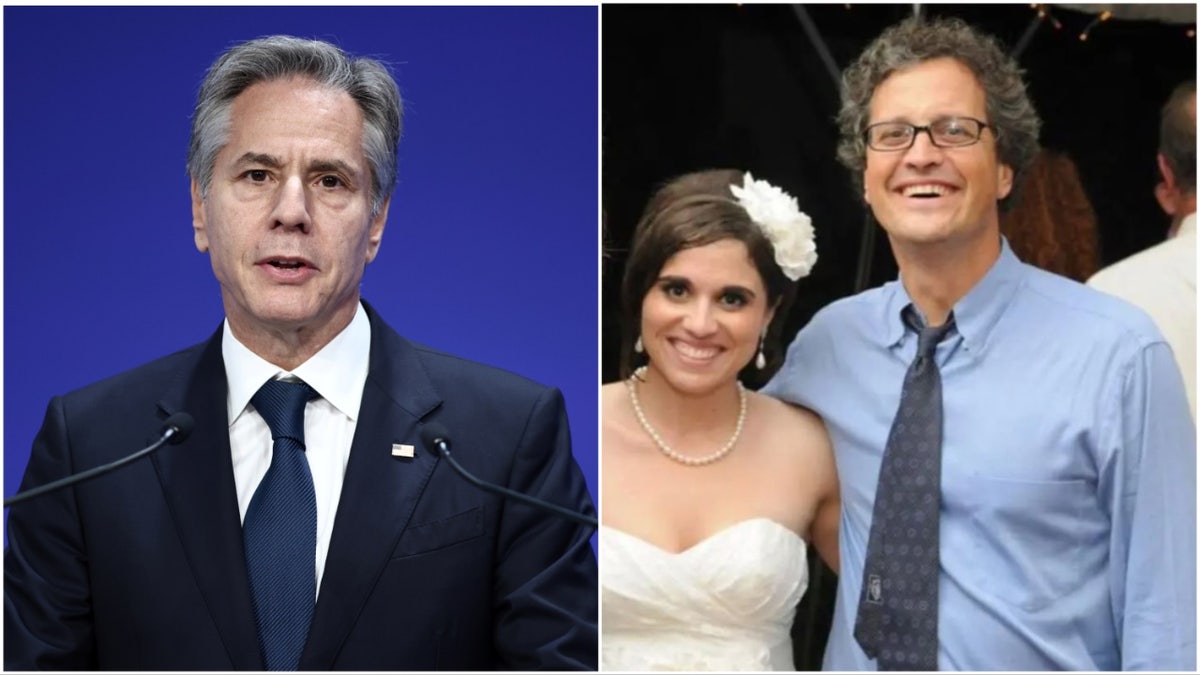
Secretary of State Antony Blinken determined that Marc Fogel is wrongfully detained in October, according to the State Department. (Photos courtesy Ellen Keelan and Lisa Hyland)
Designating someone as wrongfully detained traditionally moves supervision of their case to the Special Presidential Envoy for Hostage Affairs’s office, which is within the State Department and focuses on negotiating for the release of hostages and other Americans classified as being wrongfully detained in foreign countries.
Fogel’s wife, Jane, and his sons, Ethan and Sam, said in a statement they were grateful that the State Department “has finally acknowledged what we have known all along — that our husband and father, Marc Fogel, has and continues to be wrongfully detained.”
RUSSIA DETAINS SUSPECT ACCUSED OF KILLING HIGH-RANKING GENERAL IN MOSCOW
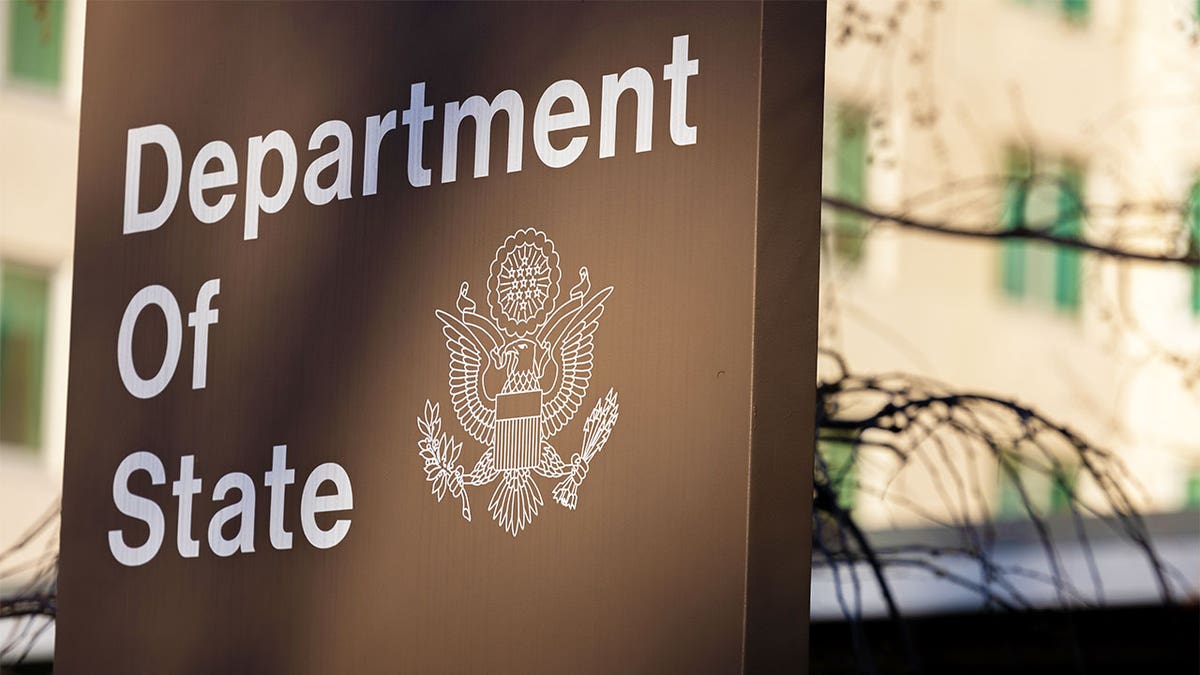
The exterior of the State Department complex is seen on March 14, 2023, in Washington, D.C. (Nathan Posner/Anadolu Agency via Getty Images)
“Now that we have the full force of the U.S. government behind us, we must do everything in our power to bring Marc home as quickly and safely as possible,” the family continued.
The Associated Press contributed to this report.
Read the full article from Here

Northeast
NYC protesters follow New Orleans attack by calling for 'intifada revolution' hours after rampage
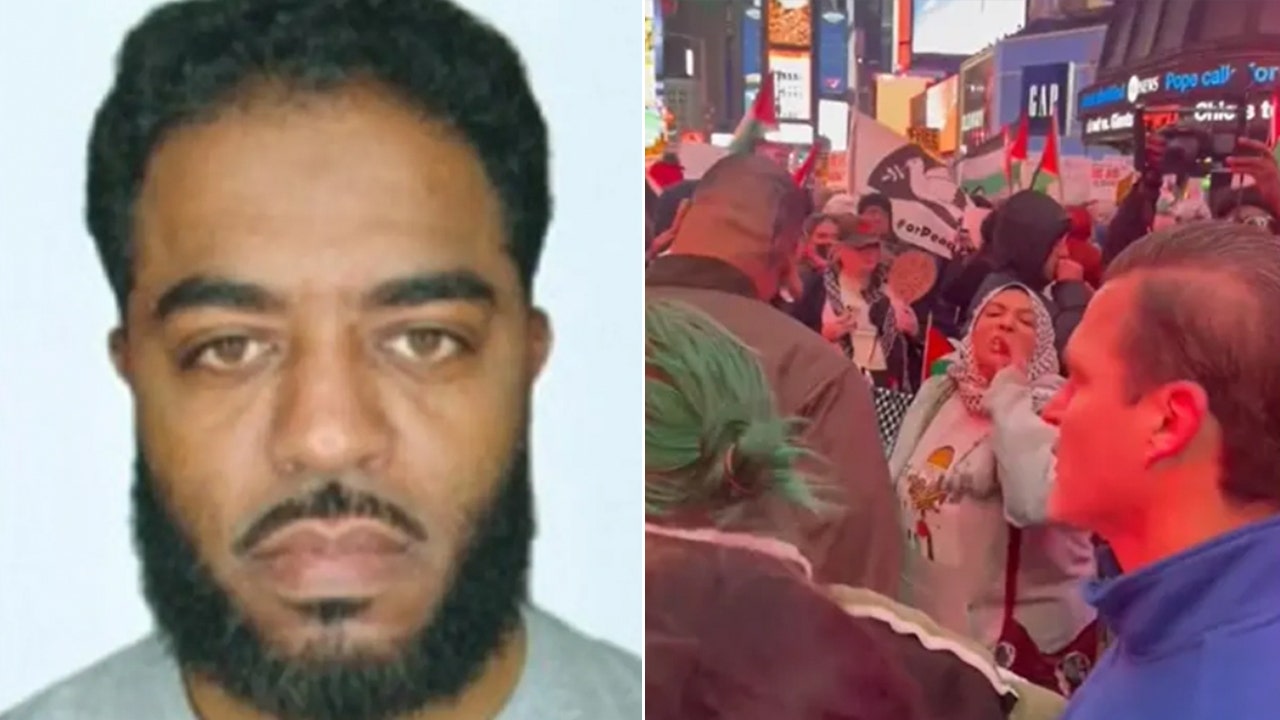
Hundreds of demonstrators called for an “intifada revolution” in Times Square on New Year’s Day, hours after a terrorist with an ISIS flag plowed into dozens at a New Year’s parade in New Orleans.
Attendees of the New York City protest — organized by the Palestinian Youth Movement, the Party for Socialism and Liberation and the People’s Forum, according to the New York Post — chanted, “There is only one solution: Intifada revolution.”
In New Orleans, a group called New Orleans Musicians for Palestine is planning a “Procession for Palestine” on Jan. 6, according to an Instagram post, to “demonstrate our continued solidarity with the people of Palestine and make visible our vision for a world after war, colonialism, capitalism and white supremacy.”
The procession is planned outside Louisiana Supreme Court on Royal Street, just a few blocks away from where Shamsud-Din Jabbar attacked people on Bourbon Street on Wednesday.
WHO IS SHAMSUD-DIN JABBAR? WHAT WE KNOW ABOUT THE NEW ORLEANS NEW YEAR’S TERRORIST SUSPECT
Demonstrators called for an “intifada revolution” in New York City’s Times Square on Wednesday. (Luke Tress/Times of Israel)
In New York, hours after the attack, protesters were chanting “Resistance is glorious — we will be victorious;” “We will honor all our martyrs;” and “Gaza, you make us proud.”
Protesters carried signs reading “Zionism is a cancer,” “No war on Iran” and “End all U.S. aid to Israel,” the Times of Israel reported.
“We’re sending you back to Europe, you white b——,” one woman wearing a keffiyeh shouted at counter-protesters in an exchange captured on video. “Go back to Europe!”
A speaker shouted through a megaphone that “2024 was a year of struggle against the crime of Zionism.”
SUSPECT IDENTIFIED AS FBI INVESTIGATES ACT OF TERRORISM AFTER BOURBON STREET ATTACK
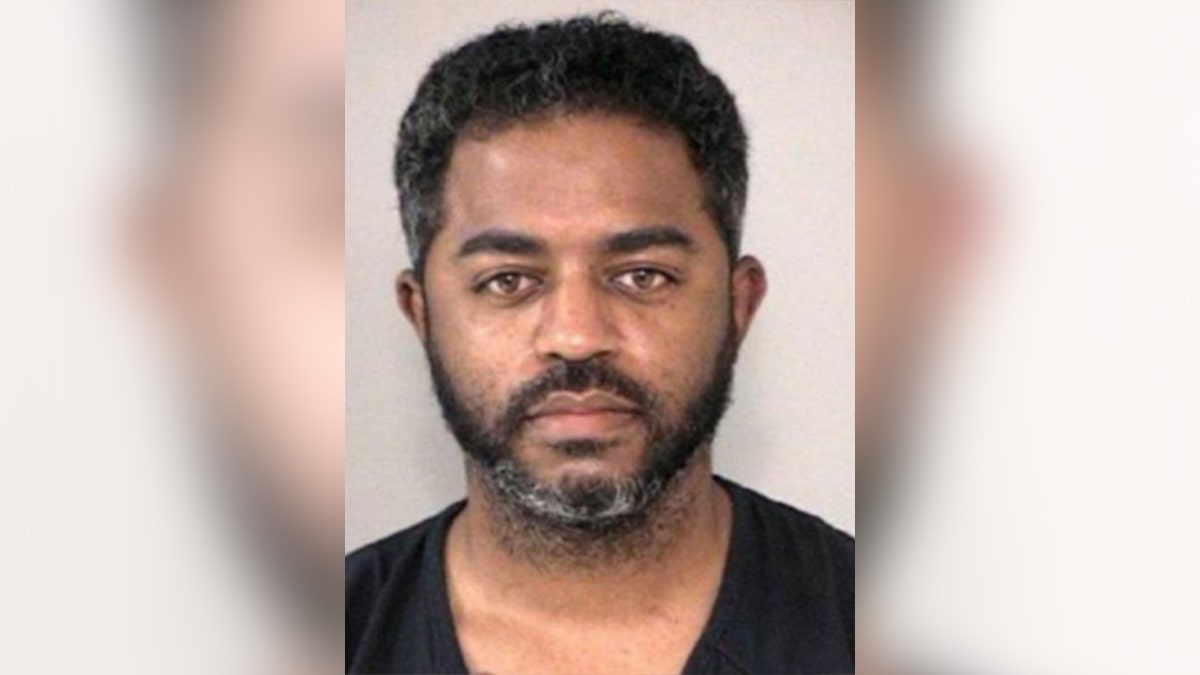
Photo of Shamsud-Din Jabbar, the Bourbon Street terrorist attack suspect. (@FBI via X)
“We will be here every single year for generation after generation until total liberation and return,” the speaker said, according to the Times of Israel.
Several hours before the demonstration, 42-year-old Jabbar plowed a pickup truck into a crowd of New Year’s Eve revelers on New Orleans’ Bourbon Street.
Jabbar — who was shot dead in a gunfight with police — was a U.S.-born citizen who lived in Texas, FBI Assistant Special Agent-in-Charge Alethea Duncan said at a Wednesday afternoon press conference.
The attack unfolded around 3:15 a.m. Wednesday, leaving 15 people dead, including Jabbar, and 35 people injured.
SUSPECT IDENTIFIED AFTER DRIVER KILLS TEN, INJURES DOZENS IN BOURBON STREET TRUCK ATTACK
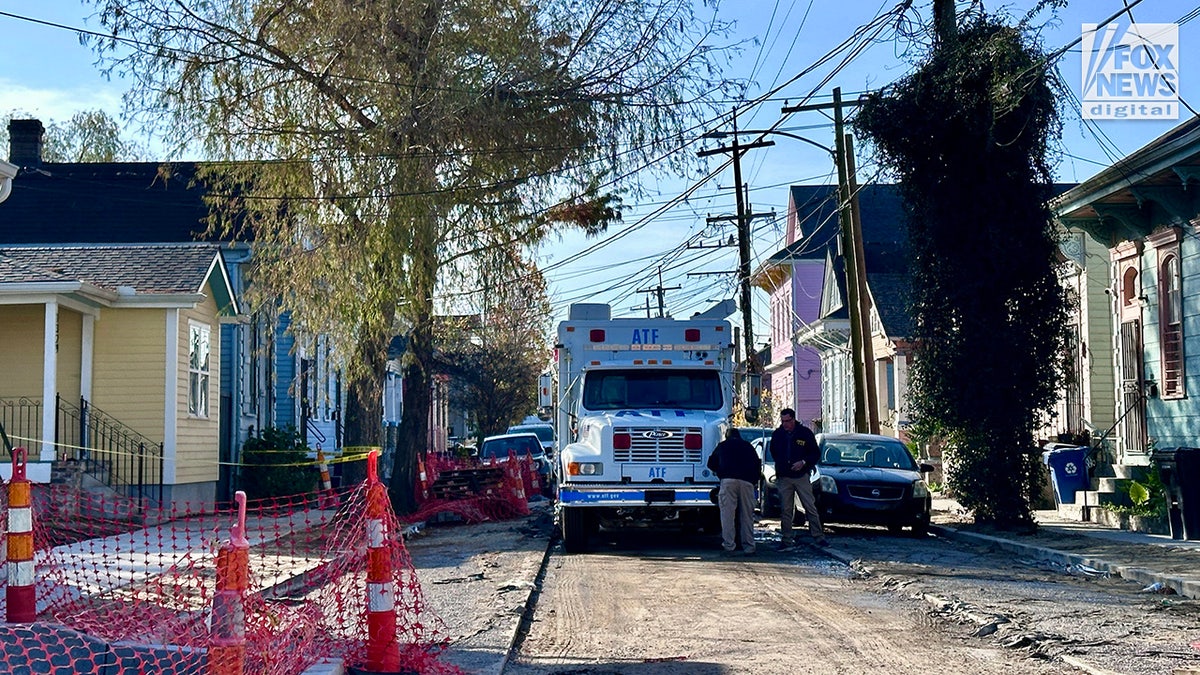
ATF agents on Thursday continue investigating the rental home used by Shamsud-Din Jabbar in New Orleans. Many people are dead and dozens are injured after Jabbar rammed his car into crowds of New Year’s Eve revelers on Bourbon Street on Wednesday. (Kat Ramirez for Fox News Digital)
FBI Deputy Assistant Director Christopher Raja said Thursday that investigators had recovered several weapons from the crime scene and surrounding areas, including two improvised explosive devices (IEDs) in coolers located at the cross-section of Bourbon and Orleans Streets and at a second intersection just two blocks away. He added that the FBI wants to talk to witnesses who may have seen the coolers containing IEDs.
Jabbar served in the Army as a human resource specialist and information technology specialist (IT) from March 2007 until January 2015. Following active duty, he served in the Army Reserve as an IT specialist from January 2015 until July 2020.
During his tenure, he deployed to Afghanistan from February 2009 to January 2010.
Jabbar said in Facebook videos before the attack that he had joined ISIS before this summer and provided a will and testament, according to the FBI.
Fox News Digital’s Chris Pandolfo contributed to this report.
Read the full article from Here
New York
Richard Foreman, Iconoclastic Playwright and Impresario, Dies at 87

Richard Foreman, the relentlessly teasing, deliberately mysterious avant-garde playwright and impresario who founded the Ontological-Hysteric Theater, won a bookshelf full of Obie Awards and received a MacArthur fellowship in his late 50s, died on Saturday in Manhattan. He was 87.
David Herskovits, the artistic director of Target Margin Theater in Brooklyn and a co-executor of Mr. Foreman’s literary estate, said the death, at Mount Sinai West Hospital, was from complications of pneumonia.
Mr. Foreman established his company in 1968 and went on to present more than 50 of his own plays; for many years the group was housed at St. Mark’s in the Bowery, the historic East Village church. The company name refers to the metaphysical study of the nature of existence and to Mr. Foreman’s conviction that the situations he worked with were, as he told John Rockwell of The New York Times in 1976, “basically hysteric — repressed passions emerging as philosophical interactions.”
The titles of his plays hinted at his worldview. “Dream Tantras for Western Massachusetts” (1971) was one of numerous collaborations with the composer Stanley Silverman. “My Head Was a Sledgehammer” (1979) depicted a professor and two students facing the frustrations of acquiring knowledge. “Bad Boy Nietzsche!” (2000) was about that German philosopher’s nervous breakdown. “King Cowboy Rufus Rules the Universe!” (2004) was inspired by the George W. Bush administration.
Other titles, like “Total Recall” (1970), “Vertical Mobility” (1974) and “Permanent Brain Damage” (1996), were more concise but no less resonant.
Mr. Foreman’s plays tended to be “peerless mini-extravaganzas” offering “dizzying theatrical joys,” Ben Brantley wrote in one 2004 Times review. Looking at Mr. Foreman’s body of work, he also mentioned the familiar “cross-cultural medley of musical fragments, the strings and poles that segment the stage, vulnerable baby dolls and menacing thugs in animal outfits.”
The same review called Mr. Foreman’s strength as a writer “his refusal to spell anything out.”
Mr. Foreman was recognized and rewarded early in his career. He received his first Obie Award in 1970, sharing it with Mr. Silverman, for “Elephant Steps,” which has sometimes been described as an opera about a radio show. It had its premiere at the Tanglewood music festival in Massachusetts in 1968.
When “Elephant Steps” came to Hunter College in Manhattan two years later, the chief classical music critic of The Times, Harold C. Schonberg, found it “all very chic,” but he also confessed, “I don’t know what the hell was going on.”
Mr. Foreman went on to win a half-dozen more Obies, first in 1973 for the Ontological-Hysteric Theater itself, then in 1976 for “Rhoda in Potatoland,” a nearly two-hour one-act show about a woman having bizarre dreams.
On two occasions he won Obies for best play in the same year — meaning that he essentially tied with himself for the top award: for “The Cure” (with an emphasis on patient-doctor relations) and “Film Is Evil, Radio Is Good” (the title was the theme) in 1987; then for “Pearls for Pigs” (about a mentally disturbed actor) and “Benita Canova” (about mean schoolgirls) in 1998. Some people count those as two Obies, others as four.
In between, Mr. Foreman received the best director award for Vaclav Havel’s “Largo Desolato” (1986) and a special Obie (1988) for sustained achievement.
In 1995, when he was 58, Mr. Foreman received a MacArthur Foundation fellowship, popularly known as the “genius grant.” The foundation praised him for his “original vision and commitment to developing new theatrical vocabularies” that influenced the direction of American avant-garde theater.
No one could credibly accuse Mr. Foreman of abandoning his bohemian roots and going mainstream, but he did direct and design numerous classical works and operas both in the United States and abroad. They included Johann Strauss’s “Die Fledermaus” at the Paris Opera, Mozart’s “Don Giovanni” at Opéra de Lille, France, Molière’s “Don Juan” at the Guthrie Theater in Minneapolis and Joseph Papp’s production of Kurt Weill and Bertolt Brecht’s “The Threepenny Opera” at Lincoln Center in New York.
Mr. Foreman was well-known in SoHo, where he bought a 3,600-square-foot loft for $10,000 in 1970. (“Now it’s all Boutiqueville,” he observed regretfully, referring to the neighborhood, in a 2013 Times interview.) Early in his career he was identifiable by his matching dark hair, eyebrows and walrus-style mustache. Decades later, when the mustache was gone and his hairline had receded, The Forward described him affectionately as “a disheveled, egg-shaped man with long, stringy hair and frayed, formless clothes.”
Suffering from light sensitivity, Mr. Foreman said, he usually rose well before dawn, covered the apartment’s skylights with fabric and went to bed around 7 p.m. He was a frequent napper. “I lie around, I doze off,” he told The Times. “It’s been a life of bits and pieces.”
It was a life of purpose as well. “I’ve never been very happy about the world,” he confessed in a 2018 video interview for the Lower East Side Biography Project. “So what makes me tick is this obsessive need to figure out what isn’t here that I want to be here. I make plays — or whatever you want to call them — to try to fill that great big void.”
Richard Foreman was born Edward Friedman on June 10, 1937, in Staten Island. He was adopted by Albert Foreman, a lawyer, and his wife, Claire (Levine) Foreman; the Foremans soon moved to Scarsdale, in Westchester County.
Richard graduated from Scarsdale High School, where he showed an early interest in theater, appearing in class productions. He also produced and directed Arthur Miller’s “The Crucible” there, just two years after the play’s 1953 opening on Broadway. He graduated in 1959 from Brown University, where he majored in English and helped form the student theater group there; he also sometimes designed sets. Three years later, he received an M.F.A. from the Yale School of Drama (now the David Geffen School of Drama at Yale).
His father helped him get his first job, managing apartment buildings in New York, Mr. Foreman said in the Biography Project interview. That gave him a flexible schedule and allowed him to pursue artistic projects. His father then helped him again, showing one of his early plays to someone at the influential Shubert organization, who encouraged him and introduced him to a producer.
Early on, Mr. Foreman became part of a downtown filmmaking group that included Jonas Mekas. With Mr. Mekas as his guru, he made film shorts in the 1970s, adapted his play “Strong Medicine” to film in 1981 and returned to movie production in 2012 with “Once Every Day” and a documentary about its making, “My Name Is Rainer Thompson and I’ve Lost It Completely.”
His last film was “Mad Love” (2018), a 70-minute reverie, mostly in grainy black and white, released by PennSound Cinema. Its central image was of a well-dressed man inserting his index finger into a well-dressed woman’s open mouth.
The last play he produced and directed himself was “Old-Fashioned Prostitutes (A True Romance),” which opened at the Public Theater in 2013. In a review of the play, which he called a “gleeful mind- and memory-bender” about an aging man watching the present “turn into the past,” Mr. Brantley praised Mr. Foreman as “the most eminent elder statesman of the avant-garde in New York theater.”
Mr. Foreman’s first play in a decade, “Suppose Beautiful Madeline Harvey,” about, on the surface, a woman and a man at a boulevard cafe, was staged in December at LaMaMa, the East Village experimental theater, and directed by Kara Feely.
Mr. Foreman married his high school friend Amy Taubin, an actress who became a New York film critic, in 1961; they divorced in 1972. In 1988, he married the artist and actress Kate Manheim, who has appeared in a number of his plays. She is his only immediate survivor.
In a 2013 essay in The Forward, Joshua Furst compared the power of Mr. Foreman’s work to the Jewish tradition of davening: “If you let the rhythm of his rocking enter you, he’ll remind you what it feels like to be ecstatic, what it is to be hysterical, what it means to circle the meaningless void that is the wellspring of all meaning.”
Michael Paulson contributed reporting.
Boston, MA
Flynn: Nickerson Field would make great soccer team site

With a newly signed lease agreement between the City of Boston and Boston Unity Soccer Partners, I am calling for the city and BOS Nation FC to instead explore running their operations out of Nickerson Field at Boston University. This is an ideal location for a professional women’s soccer team due to a large capacity of nearly 10,000 seats, its proximity to the Green Line train and local restaurants and establishments, while already having the necessary infrastructure and a potential fan base in place.
With a potential partnership with Boston University for use of Nickerson Field, the team could save nearly $100 million that could be used toward a rental agreement with the university and helping to fund the MBTA, while the City of Boston could save approximately $70 million on a White Stadium proposal that focuses solely on student athletes and residents.
Despite considerable community opposition, as well as projected costs jumping from $50 million to now $91 million so far for the city, and approximately $182 million for the project overall – the city has moved forward and signed the lease for White Stadium. These fiscal issues are in addition to previous concerns highlighted by neighbors, civic organizations and I – including lack of a thorough community process, the use of public land for private organizations, and now the practicality of two professional soccer stadiums in close proximity with the New England Revolution proposal in Everett. All of these issues could potentially be resolved if White Stadium was renovated solely for student athletes instead, and Boston Unity Soccer Partners utilized Nickerson Field – a field that has already been approved by the International Federation of Association Football (FIFA).
Prior to BOS Nation FC, Boston’s professional soccer team was the Boston Breakers. The original Breakers played from 2009 to 2012, when the league they played in folded. The Breakers then joined the National Women’s Soccer League (NWSL) and played from 2013-2017, and also folded shortly thereafter.
It is important that the city supports women’s professional sports and a new professional soccer team. As such, Nickerson Field would provide nearly 10,000 seats, and a state-of-the-art field that stands as one of only 10 artificial fields in the United States that has a FIFA 2-Star certification.
Nickerson Field’s proximity to the Green Line will allow fans to easily access the stadium, reduce automobile traffic at the proposed site, and save on our carbon footprint from congestion. The Field is also located in Allston, where there are ample local businesses, restaurants, bars, and retail stores that could support spectators, bolster those businesses, and increase revenue for the city. Allston is also where many of our young people and students live, especially international students, who may also look forward to the prospect of having a women’s soccer team in Boston. The tens of thousands of students in the area could provide additional support for their fan base.
At the same time, while the city debated a property tax shift for the better part of last year and did not cut our budget – potentially investing over $100 million in a stadium renovation and creating a successful venture carries significant risks. Reports estimate the cost to renovate White Stadium for the sole purpose of high school and residential use is $20 million. Boston Public School (BPS) student athletes deserve to have a stadium that can be used year round, especially during warmer months and weekends that would be impacted if shared with a professional soccer team. If a similar renovation was completed, that alone would save the City of Boston approximately $70 million and provide Boston with a dedicated use of its stadium – a win for the taxpayers and Boston Public School students.
While we welcome the return of a professional women’s soccer team to Boston, it is critical that we acknowledge the risk of investing almost $100 million in White Stadium for a private-public partnership that was intended for the residents of Boston. Nickerson Field is a natural fit with the existing field and capacity for a professional team, accessibility for fans, and local establishments in close proximity. We need to do our due diligence on available options like this before we risk potentially $100 million or more of taxpayer funds.
Ed Flynn is a Boston City Councilor representing District 2
-

 Health1 week ago
Health1 week agoNew Year life lessons from country star: 'Never forget where you came from'
-
/cdn.vox-cdn.com/uploads/chorus_asset/file/24982514/Quest_3_dock.jpg)
/cdn.vox-cdn.com/uploads/chorus_asset/file/24982514/Quest_3_dock.jpg) Technology1 week ago
Technology1 week agoMeta’s ‘software update issue’ has been breaking Quest headsets for weeks
-

 Business4 days ago
Business4 days agoThese are the top 7 issues facing the struggling restaurant industry in 2025
-

 Politics1 week ago
Politics1 week ago'Politics is bad for business.' Why Disney's Bob Iger is trying to avoid hot buttons
-

 Culture4 days ago
Culture4 days agoThe 25 worst losses in college football history, including Baylor’s 2024 entry at Colorado
-

 Sports4 days ago
Sports4 days agoThe top out-of-contract players available as free transfers: Kimmich, De Bruyne, Van Dijk…
-

 Politics2 days ago
Politics2 days agoNew Orleans attacker had 'remote detonator' for explosives in French Quarter, Biden says
-

 Politics2 days ago
Politics2 days agoCarter's judicial picks reshaped the federal bench across the country











